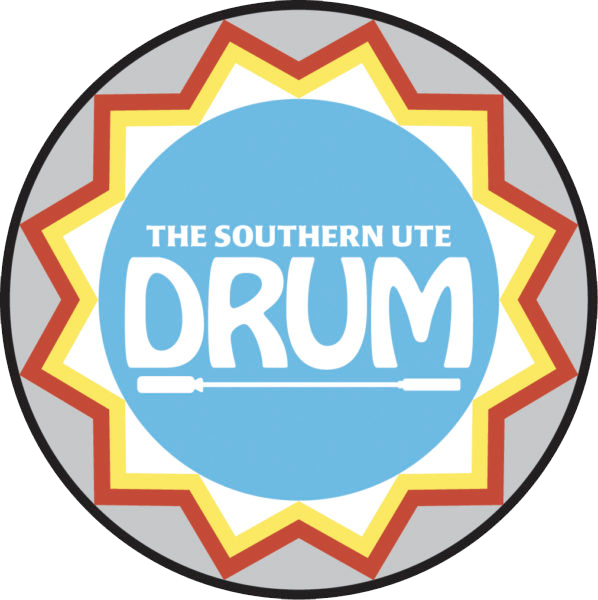On November 14, leaders from the U.S. Census Bureau briefed media outlets that serve the American Indian and Alaska Native (AIAN) community on the status of the 2020 Census, describing the efforts underway for all people to be accurately counted and the opportunity for individuals to apply for temporary jobs supporting the operation.
The U.S. Constitution mandates that a census of the population be conducted every 10 years. Census Bureau population statistics inform how billions of dollars in federal funds are allocated for critical public services like healthcare clinics, schools and education, and roads and bridges. The 2020 Census will also determine how many seats each state gets in Congress and guide the drawing of local political boundaries.
“We have been working closely with tribal governments for years on the best way to accomplish our goal of counting everyone in the 2020 Census,” said Dee Alexander, Tribal Affairs Coordinator for the Census Bureau.
Denver Regional Director of the Census Bureau Cathy L. Lacy provided an update on the recruiting for the 2020 Census operation emphasizing the importance of hiring census workers to work in the communities in which they live. “We are offering competitive pay, flexible schedules, and the opportunity for individuals to make a difference in their own communities for the next ten years,” Lacy said. Individuals interested in working on the 2020 Census should visit www.2020census.gov/jobs.
Most households will receive an invitation to participate at their household in mid-March 2020, but remote Alaska communities and some tribes will be enumerated in person by census takers hired locally. The remote Alaska operation will begin in January 2020.
Census Bureau tribal specialists have worked with tribal leaders to discuss the questionnaire and how individuals could best share their tribal identity. Kathleen Styles, Chief, Decennial Communications and Stakeholder Relations for the Census Bureau, provided an overview of the 2020 Census questionnaire. She explained that people who identify as American Indian or Alaska Native may mark the American Indian or Alaska Native checkbox and enter the name of their enrolled or principal tribe(s) in the write‐in area. Individuals will be able to report multiple races and/or tribes. Many tribal leaders will likely give guidance to their members on how to identify the tribe name.
Lacy also underscored that census responses are confidential and protected by law. “We do not share your information with law enforcement agencies or immigration officials,” she said.
G&G Advertising President and Creative Director Michael Gray explained the research process and insights that culminated in the campaign platform for the AIAN community, “Shape our Future. START HERE.” Gray described plans for paid media advertisements and PSAs to reach the AIAN community and highlighted several AIAN organizations that have stepped forward as partners to educate the public. “We are relying heavily on trusted voices in the community to help ensure everyone understands what is at stake in the 2020 Census,” he said.
This is the third decennial census to include a dedicated advertising and communications operation. In the 2000 and 2010 censuses, the Census Bureau also used advertising, partnership, and communications campaigns to increase awareness and participation in the count. Higher self-response rates increase the accuracy of the census and save taxpayer money by lowering census follow-up costs for nonresponding households.
